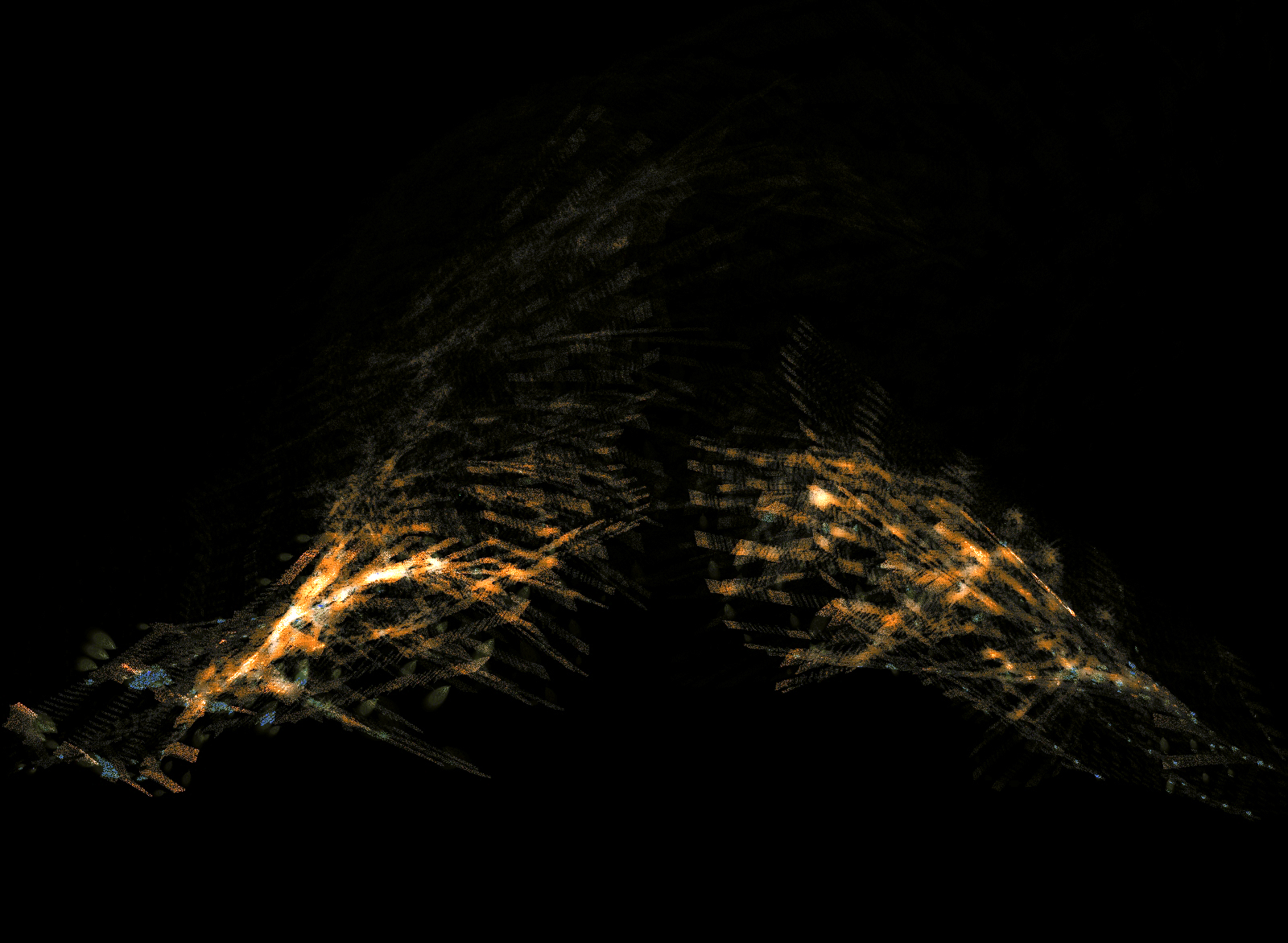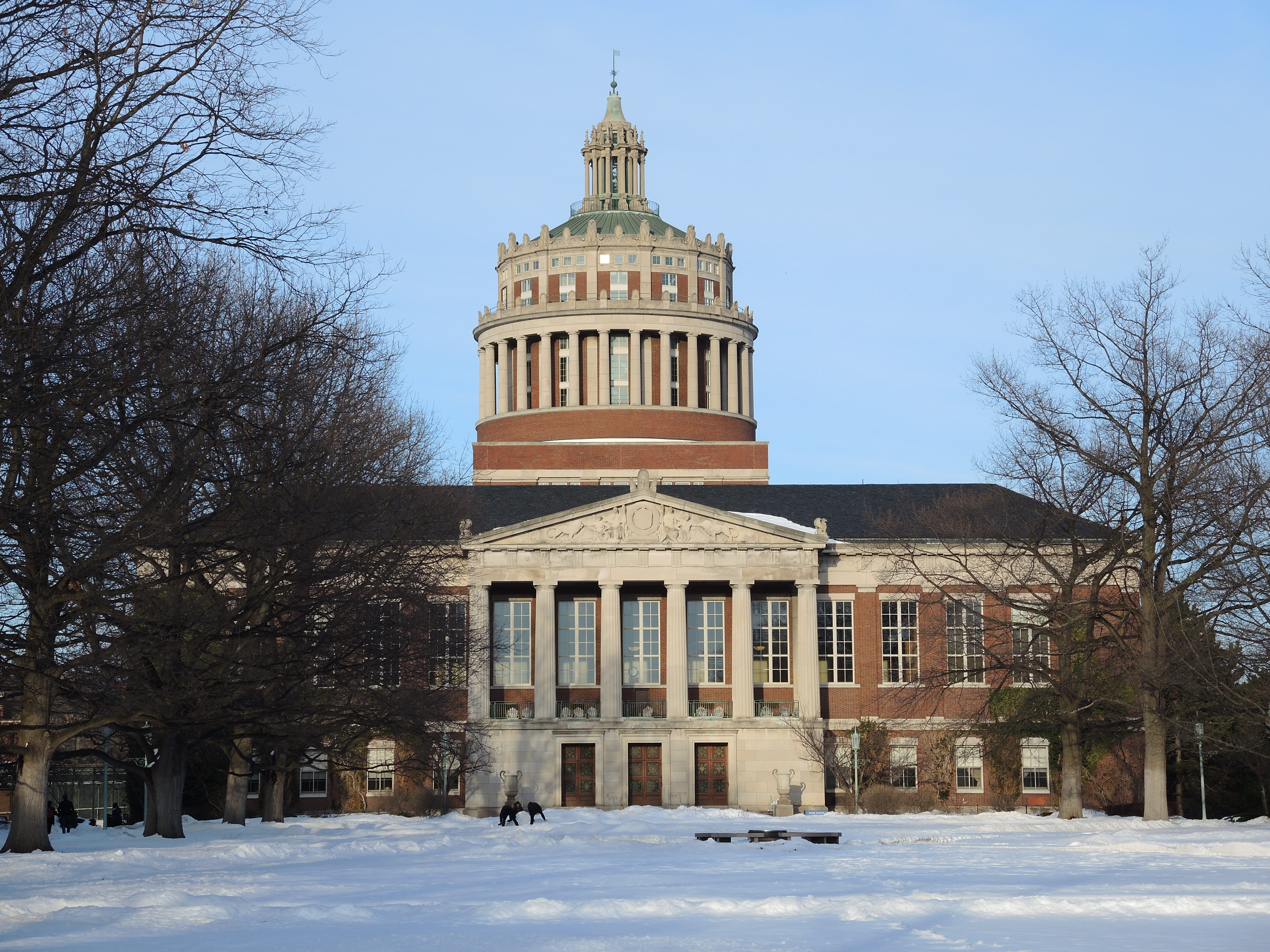|
Contact Improvisation
Contact Improvisation (CI) is a postmodern dance practice that explores movement through shared weight, touch, and physical awareness. Originating in the United States in 1972, contact improvisation was developed by dancer and choreographer Steve Paxton, drawing on influences from modern dance, aikido, and somatic practices. Contact Improvisation emphasizes the interplay of gravity, momentum, and improvisation, fostering an experimental approach to movement that invites both professional dancers and newcomers into its global community.Novack, Cynthia Jean., ''Sharing the dance'', Univ. Of Wisconsin Press, 1 January 1990 ( , read online), chapters 2, 3, and 4. The practice involves continuous physical touch between dancers, where gravity, momentum, inertia, and friction shape their interactions. The dance is further described by Paxton: "The exigencies of the form dictate a mode of movement which is relaxed, constantly aware and prepared, and onflowing". Known for its open ... [...More Info...] [...Related Items...] OR: [Wikipedia] [Google] [Baidu] |
Steve Paxton
Steven Douglas Paxton (January 21, 1939 – February 20, 2024) was an American experimental dancer and choreographer. His early background was in gymnastics while his later training included three years with Merce Cunningham and a year with José Limón. As a founding member of the Judson Dance Theater, he performed works by Yvonne Rainer and Trisha Brown. He was a founding member of the experimental group Grand Union and in 1972 named and began to develop the dance form known as Contact Improvisation, a form of dance that utilizes the physical laws of friction, momentum, gravity, and inertia to explore the relationship between dancers. Paxton believed that even an untrained dancer could contribute to the dance form, and so began his great interest in pedestrian movement. After working with Cunningham, he attempted to remain reclusive, except when performing, teaching, and choreographing internationally. Background and personal life Steven Douglas Paxton was born in Phoenix, A ... [...More Info...] [...Related Items...] OR: [Wikipedia] [Google] [Baidu] |
Merce Cunningham
Mercier Philip "Merce" Cunningham (April 16, 1919 – July 26, 2009) was an American dancer and choreographer who was at the forefront of American modern dance for more than 50 years. He frequently collaborated with artists of other disciplines, including musicians John Cage, David Tudor, Brian Eno, and graphic artists Robert Rauschenberg, Bruce Nauman, Andy Warhol, Roy Lichtenstein, Frank Stella, and Jasper Johns; and fashion designer Rei Kawakubo. Works that he produced with these artists had a profound impact on avant-garde art beyond the world of dance. As a choreographer, teacher, and leader of the Merce Cunningham Dance Company, Cunningham had a profound influence on modern dance. Many dancers who trained with Cunningham formed their own companies. They include Paul Taylor, Remy Charlip, Viola Farber, Charles Moulton, Karole Armitage, Deborah Hay, Robert Kovich, Foofwa d'Imobilité, Kimberly Bartosik, Flo Ankah, Jan Van Dyke, Jonah Bokaer, and Alice R ... [...More Info...] [...Related Items...] OR: [Wikipedia] [Google] [Baidu] |
Mark Tompkins (dancer)
Mark N Tompkins (born 1954), is a French artist, dancer and choreographer of contemporary dance. Biography Trained at the Theatre of Movement and Gesture, Tompkins moved to France in 1973, and discovered the dance with Hideyuki Yano and Elsa Wolliaston. In 1975, he made his first solos in some abandoned locations and worked with Steve Paxton. In 1983 he founded the company IDA (''International Associated Dreams'') and won the Bagnolet contest the following year. In 2008, Mark Tompkins received the SEC SACD (''Society of Dramatic Authors and Composers'') prize for Choreography for all his work. Choreography Mark Tompkins' interest in improvisation and real time composition leads him to collaborate through teaching and performing with many dancers, musicians, light designers and video makers. Over the years, his unique way of fabricating unidentified performance objects has become his signature. Tompkins' performances evolve towards musical theater, inspired by popular forms lik ... [...More Info...] [...Related Items...] OR: [Wikipedia] [Google] [Baidu] |
Amsterdam
Amsterdam ( , ; ; ) is the capital of the Netherlands, capital and Municipalities of the Netherlands, largest city of the Kingdom of the Netherlands. It has a population of 933,680 in June 2024 within the city proper, 1,457,018 in the City Region of Amsterdam, urban area and 2,480,394 in the Amsterdam metropolitan area, metropolitan area. Located in the Provinces of the Netherlands, Dutch province of North Holland, Amsterdam is colloquially referred to as the "Venice of the North", for its canals of Amsterdam, large number of canals, now a World Heritage Site, UNESCO World Heritage Site. Amsterdam was founded at the mouth of the Amstel River, which was dammed to control flooding. Originally a small fishing village in the 12th century, Amsterdam became a major world port during the Dutch Golden Age of the 17th century, when the Netherlands was an economic powerhouse. Amsterdam was the leading centre for finance and trade, as well as a hub of secular art production. In the 19th ... [...More Info...] [...Related Items...] OR: [Wikipedia] [Google] [Baidu] |
Dartington College Of Arts
Dartington College of Arts was a specialist arts college located at Dartington Hall in the south-west of England, offering courses at degree and postgraduate level together with an arts research programme. It existed for a period of almost 50 years, from its foundation in 1961, to when it closed at Dartington in 2010. A version of the College was then re-established in what became Falmouth University, and the Dartington title was subsequently dropped. The College was one of only a few in Britain devoted exclusively to specialist practical and theoretical studies in courses spanning right across the arts. It had an international reputation as a centre for contemporary practice. As well as the courses offered, it became a meeting point for practitioners and teachers from around the world. Dartington was known not only as a place for training practitioners, but also for its emphasis on the role of the arts in the wider community. History Dartington Hall Trust The College was o ... [...More Info...] [...Related Items...] OR: [Wikipedia] [Google] [Baidu] |
Contemporary Dance
Contemporary dance is a genre of Concert dance, dance performance that developed during the mid-twentieth century and has since grown to become one of the dominant genres for formally trained dancers throughout the world, with particularly strong popularity in the U.S. and Europe. Although originally informed by and borrowing from Ballet, classical, modern dance, modern, and Jazz dance, jazz styles, it has come to incorporate elements from many styles of dance. According to the New Grove Musical Dictionary, contemporary dance evolved from the foundations of modern and postmodern dance, emphasizing innovation and a break from traditional forms. Due to its technical similarities, it is often perceived to be closely related to modern dance, ballet, and other classical concert dance styles. It is characterized by a blend of styles that often integrate elements of ballet, modern dance, and cultural or social dance forms. In terms of technique, contemporary dance tends to combine the s ... [...More Info...] [...Related Items...] OR: [Wikipedia] [Google] [Baidu] |
Bennington College
Bennington College is a private liberal arts college in Bennington, Vermont, United States. Founded as a women’s college in 1932,"Bennington College A Prospectus" May 17, 2019. crossettlibrary.dspacedirect.org it became co-educational in 1969. It is accredited by the New England Commission of Higher Education. History 1920s [...More Info...] [...Related Items...] OR: [Wikipedia] [Google] [Baidu] |
University Of Rochester
The University of Rochester is a private university, private research university in Rochester, New York, United States. It was founded in 1850 and moved into its current campus, next to the Genesee River in 1930. With approximately 30,000 full-time employees, the university is the largest private employer in Upstate New York and the seventh-largest in all of New York (state), New York State. With over 12,000 students, the university offers 160 undergraduate and 30 graduate programs across seven schools spread throughout five campuses. The University of Rochester College of Arts Sciences and Engineering, College of Arts, Sciences, and Engineering is the largest school, and it includes the School of Engineering and Applied Sciences. The Eastman School of Music, founded by and named after George Eastman, is located in Downtown Rochester. The university is also home to Rochester's Laboratory for Laser Energetics, a national laboratory supported by the United States Department of E ... [...More Info...] [...Related Items...] OR: [Wikipedia] [Google] [Baidu] |
Mary Fulkerson
Mary O'Donnell Fulkerson (1946–2020) was an American dance teacher and choreographer. Born in the United States, she developed an approach to expressive human movement called 'Anatomical Release Technique' in the US and UK, which has influenced the practice of dance movement therapy, as seen in the clinical work of Bonnie Meekums, postmodern dance, as exemplified by the choreography of Kevin Finnan, and the application of guided meditation and guided imagery, as seen in the psychotherapeutic work of Paul Newham. Work Fulkerson's primary contribution to dance, dance therapy, and guided meditation derives from the way she taught dancers and non-dancers how to use their own mental imagery to motivate expressive movement, which she developed upon the principles and practices previously established by Mabel Todd, Barbara Clark, Lulu Sweigard, and Joan Skinner, evolving her main teachings at Dartington College of Arts between 1973 and 1985. These teachers developed an a ... [...More Info...] [...Related Items...] OR: [Wikipedia] [Google] [Baidu] |
Release Technique
In dance, release technique is any of various dance techniques that focus on breathing, muscle relaxation, anatomical considerations, and the use of gravity and momentum to facilitate efficient movement. It can be found in modern and postmodern dance, and has been influenced by the work of modern dance pioneers, therapeutic movement techniques such as Skinner Releasing Technique, Feldenkrais and Alexander Technique, and yoga and martial arts. History In the late 19th and early 20th centuries dancers began to question the rigidity and formality of classical ballet. Isadora Duncan in particular articulated the need for dance which she described as being connected to the earth, sensuality and the natural body. In pursuit of this goal, pioneers such as Margeret D'Oubler, Martha Graham, Rudolf von Laban and Doris Humphrey began to invent new dance techniques that involved radically different movement. Elements of release technique began to emerge as these pioneers, and protég� ... [...More Info...] [...Related Items...] OR: [Wikipedia] [Google] [Baidu] |






